Musketeers usually entered the corps at a young age—around sixteen—and a strong recommendation was extremely helpful. Continuing a long tradition, a Gascon or Béarnais background remained an advantage. As mentioned above, the King held the formal title of Captain and took a personal interest in the company’s affairs.
After their initial training, which could last up to two years, young Musketeers would often apply to purchase a commission as an officer in a regular army regiment. This Musketeer training was highly respected: by the 18th century, one out of every two Marshals of France had started their career in this elite corps.
In the 16th century youth of the nobility were educated in riding academies. Reserved for the elite, these schools taught horsemanship, fencing, dancing and various other disciplines (music, history, politics, mathematics and poliorcetics, or the art of siege warfare). They attracted prominent names from across Europe, including the Duke of Buckingham in 1611.
Among these institutions, the Academy founded by Antoine de Pluvinel in Paris was the most prestigious in the early 17th century. A close confidant of King Henry IV, Pluvinel was responsible for young Louis XIII’s equestrian training. He had studied in Italy under Pignatelli—the greatest riding master in Europe—and adopted more humane methods toward horses. His Academy also served as a social space, welcoming future military officers such as the young Richelieu.
By the 17th century, however, this style of equestrian training was increasingly criticized as being disconnected from the reality of the battlefield, and the first true military riding school, focused on more practical training, was created in 1744 specifically to address this issue.
A Well-Rounded Education
Dance was considered essential, as it taught posture and self-control. One surviving booklet even attests to a ballet composed specifically for the Musketeer company. Furthermore, Pierre de Montesquiou d’Artagnan—cousin of the famous captain-lieutenant—took part in the grand opening procession of The Pleasures of the Enchanted Isle, a lavish ballet performed at Versailles on May 7, 1664.
The importance placed on dance in the Musketeers’ training underscores the multifaceted nature of these soldiers, who were expected to master both the art of war and the refinements of court life. This blend of martial skill and cultural polish reflected the era’s ideal of the perfect gentleman.
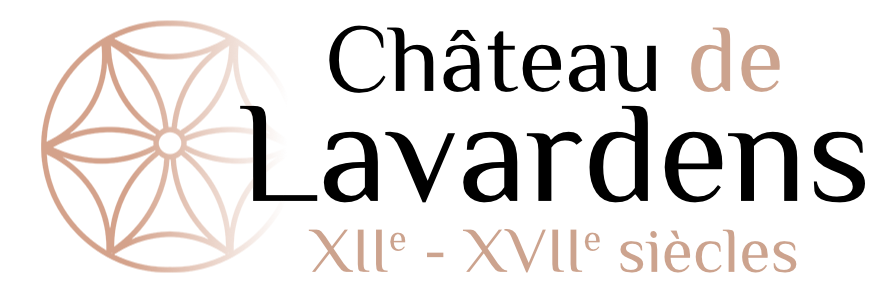
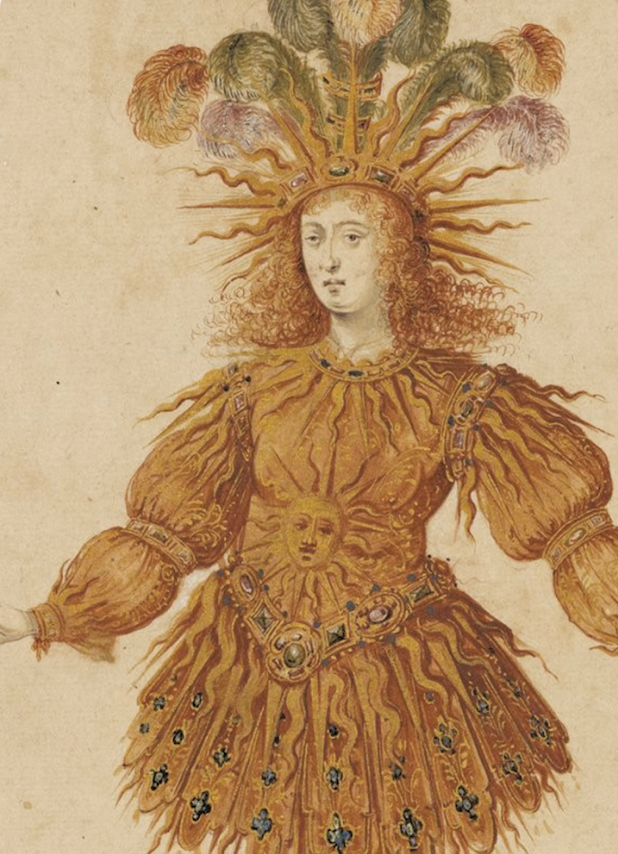
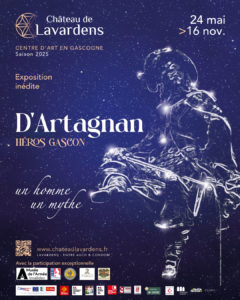
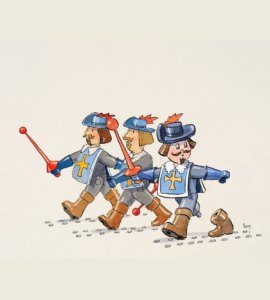
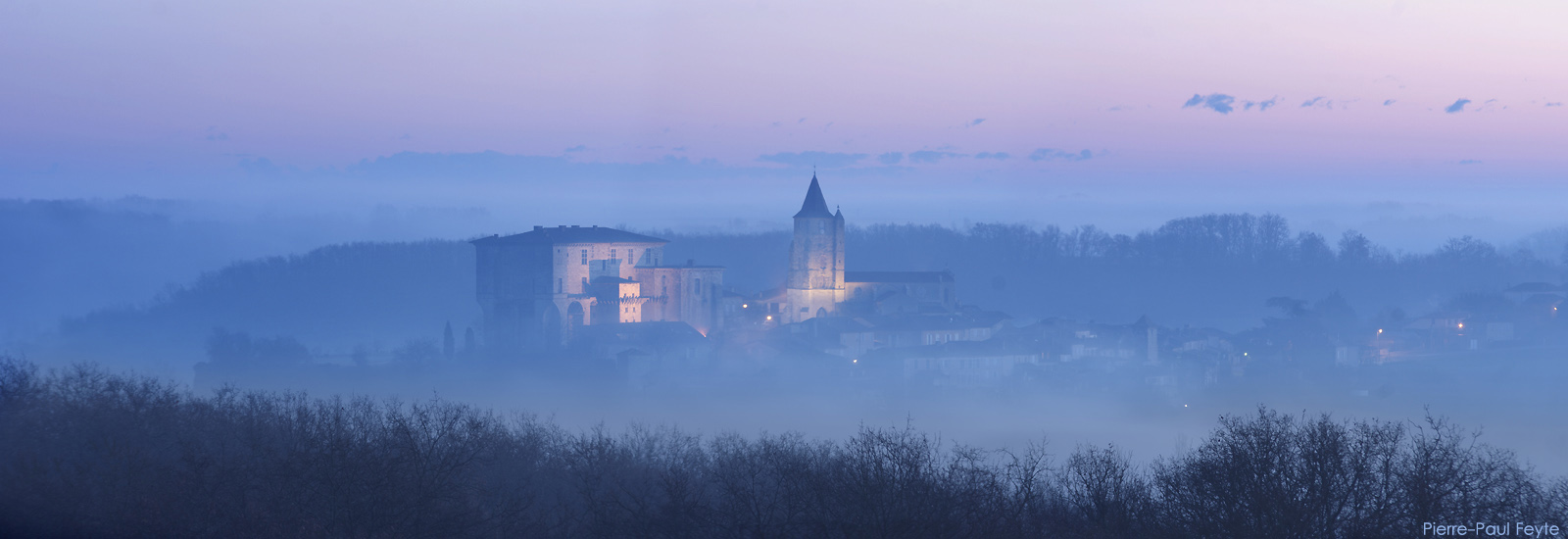
 dernier accès à la billetterie 1 heure avant la fermeture (afin de vous laisser un temps de visite confortable).
dernier accès à la billetterie 1 heure avant la fermeture (afin de vous laisser un temps de visite confortable).